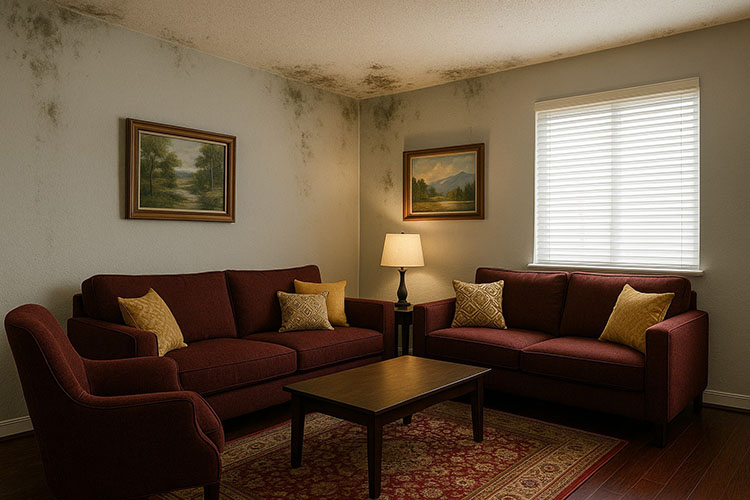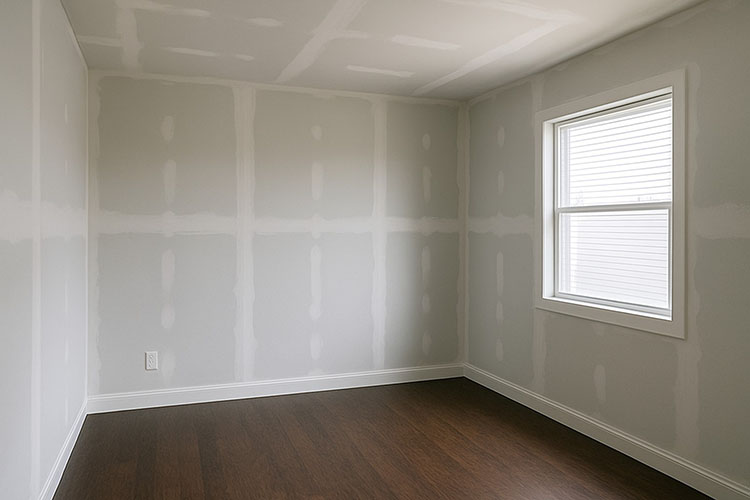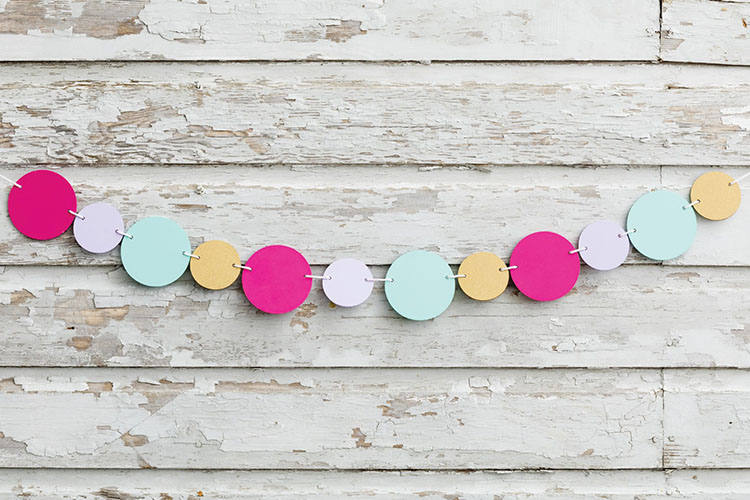Why You Should Never Paint Over Mold Without Proper Cleaning
Painting over mold without first removing it can lead to wasted paint, a poor finish, and health risks. If you find mold, please contact a qualified mold-remediation company before painting. This article explains why mold must be cleaned first, how to work safely once it’s gone, and what to do for a long-lasting result. Why Painting Over Mold Doesn’t Work Mold is a living fungus that grows on damp surfaces such as walls, ceilings, or trim. When mold is present, paint cannot stick properly. Instead of creating a smooth, long-lasting finish, paint will bubble, peel, or crack as mold continues to grow underneath. Painting over mold also traps spores (tiny mold particles) behind the paint, and these spores can spread through your home’s air, potentially causing allergies or breathing problems. How to Prepare After Mold Removal Once a mold-remediation specialist has removed all visible mold and fixed the source of moisture, follow these steps before painting: These steps should help ensure a safe, durable finish and protect your home from recurring mold. What Happens If You Skip These Steps Why Proper Preparation Matters Taking these steps adds only a day or two to your project but offers lasting benefits: How to Prevent Mold from Returning Conclusion If you find mold, contact a qualified mold-remediation company before painting. After remediation, let the surface dry fully, clean it again, apply a mold-resistant primer, and then paint with quality paint. These steps should help ensure a safe, durable finish and protect your home from recurring mold.



